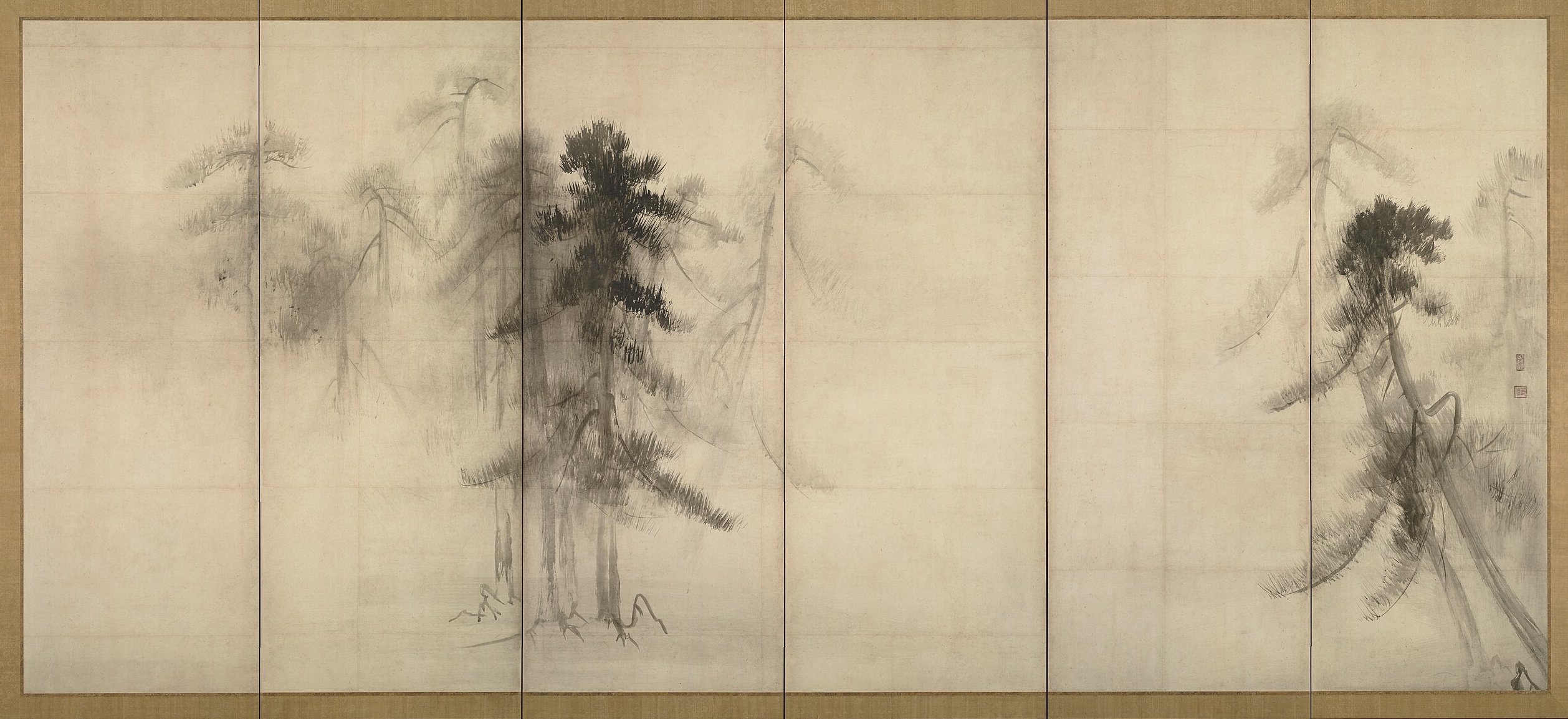MA - the Japanese concept of time and space About the concept of “Ma” (an emptiness full of possibilities, like a promise yet to be fulfilled, or the silence between the notes which make the music). "Ma" is an ancient philosophical concept, which is often understood as a "negative space". But in fact it is much richer and much more complex than that. Yes - “Ma” represents only the space between two entities and its physical existence is impossible to define. But it surely doesn't represent only a negative force. It can be understood as a glue which keeps the two items attached to each other, or as a repulsive force keeping them apart. But if we look closely at the Japanese character which represents it, we se a door, which can be opened to allow the sun (in the center of the character) to enter, or to be blocked. This can be clearly seen in the kanji sign.
The existence of "Ma" can only be determined by its surroundings. Consequently, it can only represent an unfilled space between two objects, the tension between two words, or the time a musician allows himself between the notes. But it can also represent the relationship between two people. "Ma" represents something which cannot be measured in any way. It is restless and it moves constantly. It is something to which no value can be ascribed, but without its presence everything around it would collapse and become meaningless. "Ma" is a “Silent cry”. A strange kind of emptiness from which any form of life can arise. The understanding of "Ma" is very personal. It cannot be passed onto anybody else. It can be defined only through personal sensitivity and experience. The concept of "Ma" is perhaps close to the dark matter of the universe, about which we know almost nothing. But it is certainly very inspiring, and gives our phantasy wings. What I am writing to you is only my personal understanding of "Ma". There are thousands of descriptions of the meaning of "Ma" by people who have spent their lives researching it. Jiří Kylián - Den Haag, Februari 14th, 2024
Hasegawa Tōhaku, right panel of the Pine Trees screen, c. 1595














